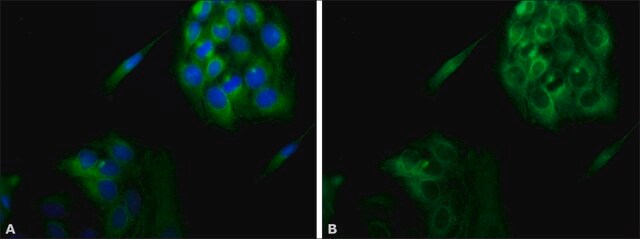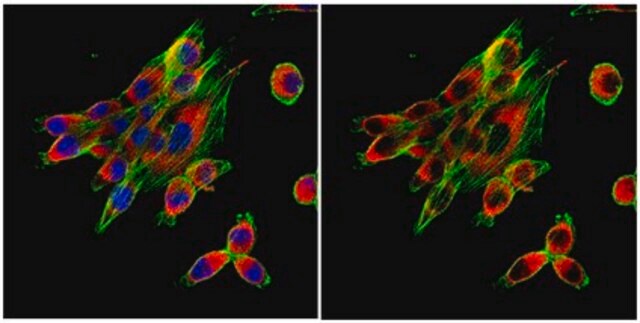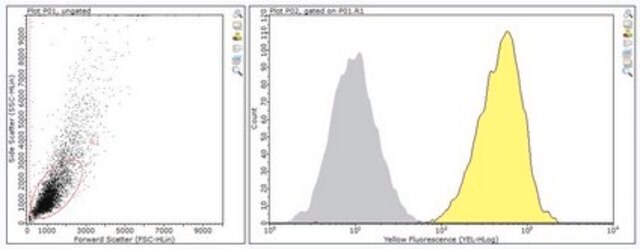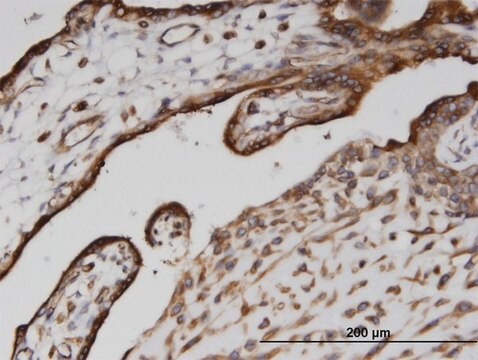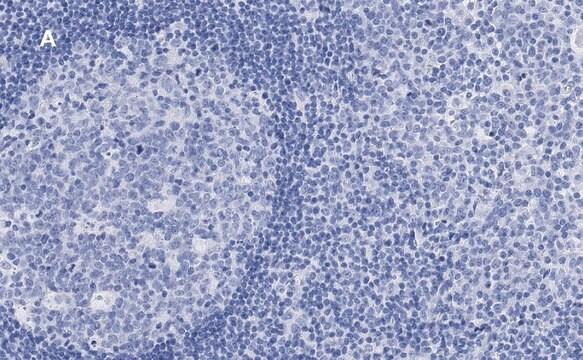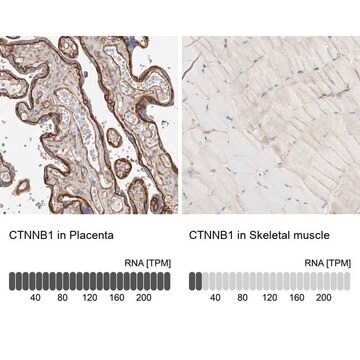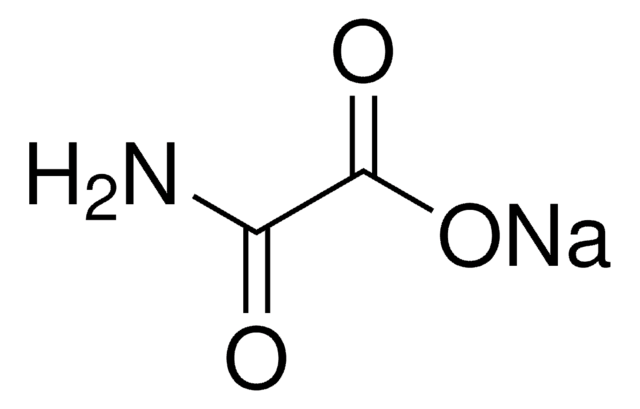C7617
Anti-Calnexin antibody, Mouse monoclonal

clone TO-5, purified from hybridoma cell culture
Synonym(s):
Anti-CANX, Anti-CNX
About This Item
Recommended Products
biological source
mouse
Quality Level
conjugate
unconjugated
antibody form
purified immunoglobulin
antibody product type
primary antibodies
clone
TO-5, monoclonal
form
buffered aqueous solution
mol wt
antigen ~90 kDa
species reactivity
human
enhanced validation
independent
Learn more about Antibody Enhanced Validation
concentration
~2 mg/mL
technique(s)
flow cytometry: suitable
immunocytochemistry: suitable
immunohistochemistry: suitable
indirect ELISA: suitable
western blot: 0.5-1.0 μg/mL using total cell extract of HeLa cells.
isotype
IgG1
UniProt accession no.
shipped in
dry ice
storage temp.
−20°C
target post-translational modification
unmodified
Gene Information
human ... CANX(821)
General description
Specificity
Application
- enzyme-linked immunosorbent assay (ELISA)
- immunoblotting
- flow cytometry
- immunocytochemistry
- immunohistochemistry
- immunofluorescence analysis
Physical form
Disclaimer
Not finding the right product?
Try our Product Selector Tool.
recommended
related product
Storage Class Code
10 - Combustible liquids
WGK
WGK 3
Flash Point(F)
Not applicable
Flash Point(C)
Not applicable
Choose from one of the most recent versions:
Already Own This Product?
Find documentation for the products that you have recently purchased in the Document Library.
Our team of scientists has experience in all areas of research including Life Science, Material Science, Chemical Synthesis, Chromatography, Analytical and many others.
Contact Technical Service